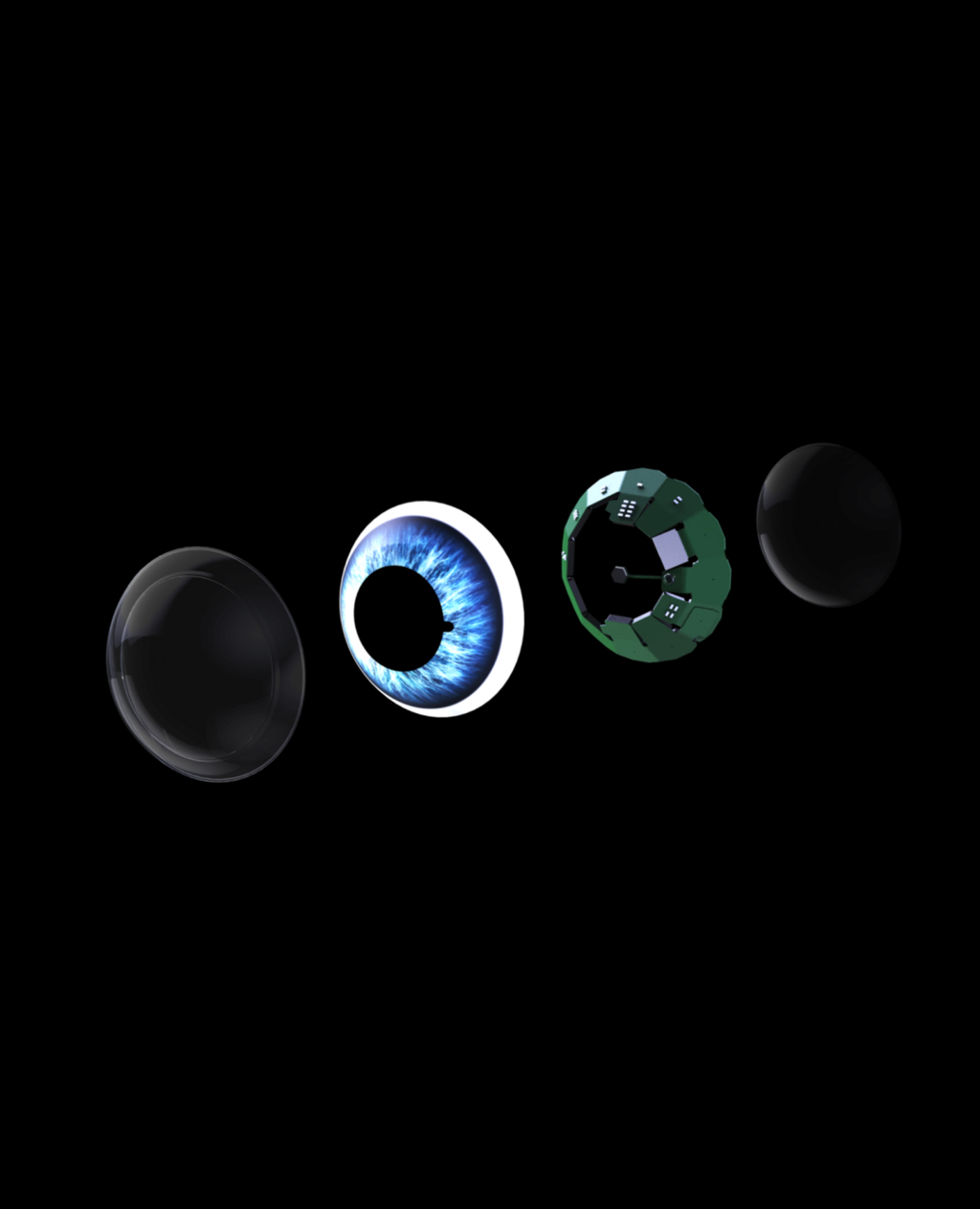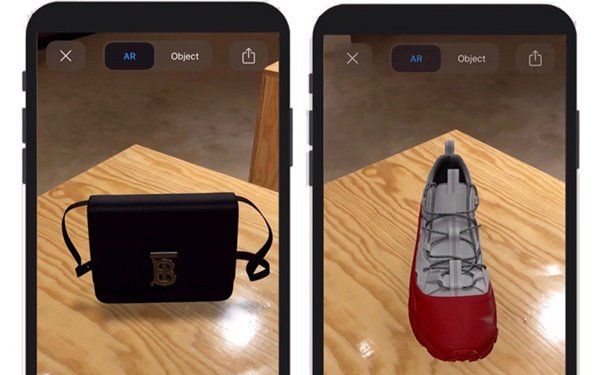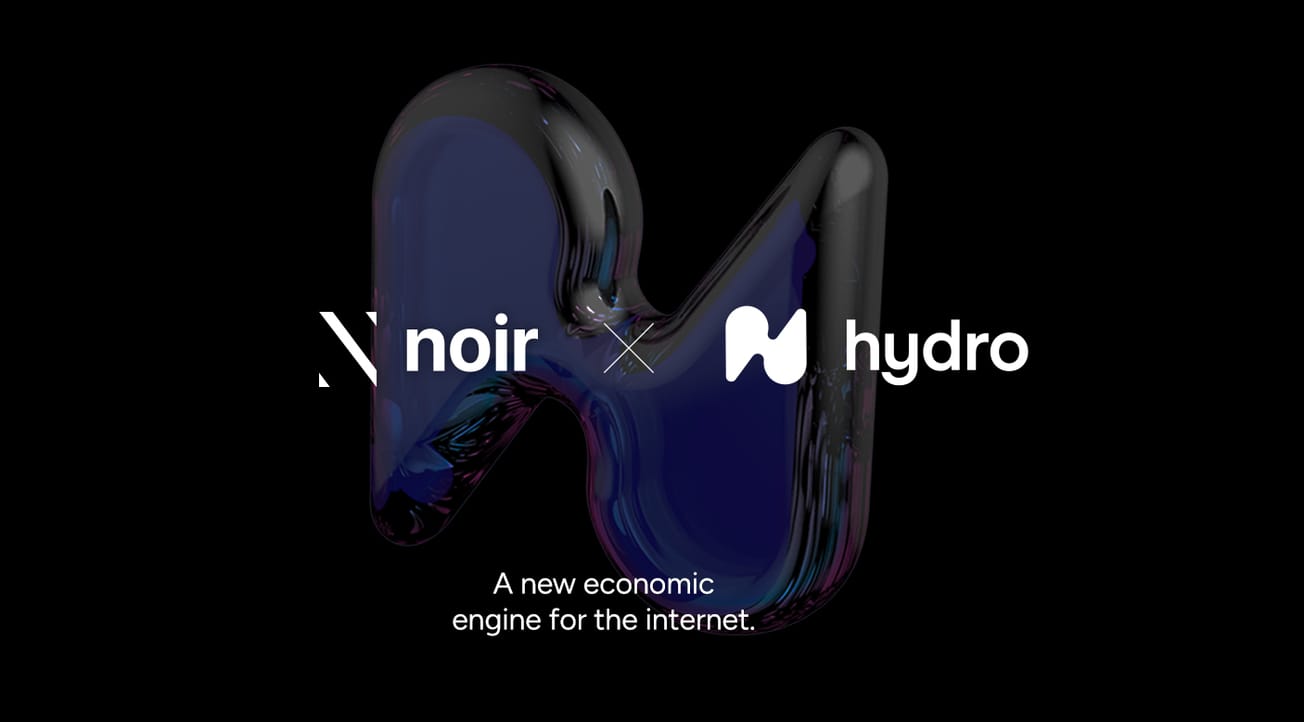Meta CEO Mark Zuckerberg thinks the metaverse will be worth over $1 trillion USD have more than a billion users over the next 10 years. Compare that to smartphones–a maturing market that now brings in almost $500 bn in revenue on a yearly basis, with estimates of smartphone ownership going as high as more than 6 billion users, with close to 90% of all adults in the US owning at least one phone.
But like the internet, the metaverse isn’t a device–so it’s no surprise that tech leaders around the world believe it could have billions of users and be worth trillions of dollars, perhaps growing faster than the phone market has.
And in today’s age, the internet is dominated by adverts. Standard protocols for the internet allowed ads to be embedded into webpages, creating a new avenue of revenue for the aged advertisement industry. If the metaverse is to be the next iteration of the internet, we can expect adverts to get a new iteration, too. So get your Metaverse Adblocks ready.
Immersive Advertising?
Like the proliferation of mobile ads–in apps, mobile games and elsewhere–the metaverse will materialize new opportunities for advertisers to fight for our attention. Roblox has already been one emergent platform creating new ways for brands to advertise to the next generation of consumers: brands like Walmart and more have partnered with Roblox to create virtual worlds that users can explore and use to meet new people, all while engaging with the brand in a more spatial way than before.
And it isn’t just retail giant Walmart, but other lifestyle brands and fashion companies like Nike and Adidas have joined Decentraland–a leading “metaverse” web3 platform–to create virtual world experiences and advertise their products in a new way. But the onset of MR, virtual worlds and the metaverse isn’t all bad news for AdBlock “Andy’s” (myself included).
Showcasing new products using new technologies–especially 3D and mixed reality–should let consumers do more in-depth and immersive research on products before buying them, thereby empowering consumers to understand more and be more savvy shoppers. More over, while these current virtual world advertisements are crude, with low graphics and voxel-designs, the immersive adverts of the future might be a lot more fun.
Advert Your Eyes
While MR will certainly make digital brand experiences more immersive, many are worried that this will mean that advertising becomes increasingly invasive. In the early years of the internet, pop-ups were rampant, and without proper due diligence AdWare could ruin your homescreen with endless alerts.
In Virtual Reality–it might be that this returns, but instead of on a flat screen, the spatial experience would be something more of a jumpscare. For those photosensitive, this could cause serious harm–for the rest of us, it would be a user experience meriting the dismissal of VR forever.
Whatever the case, MR and the metaverse will definitely change advertising–maybe for the better, where brands can showcase their vision and products in new ways that could be more exciting for consumers. Or, maybe, it will become ad hell–expect new forms of adblocking super extensions to save us from this metaworse.










